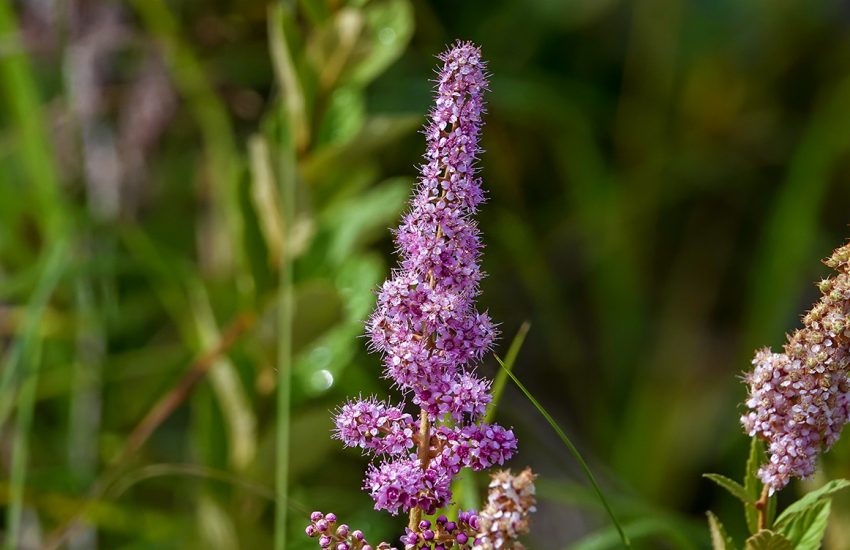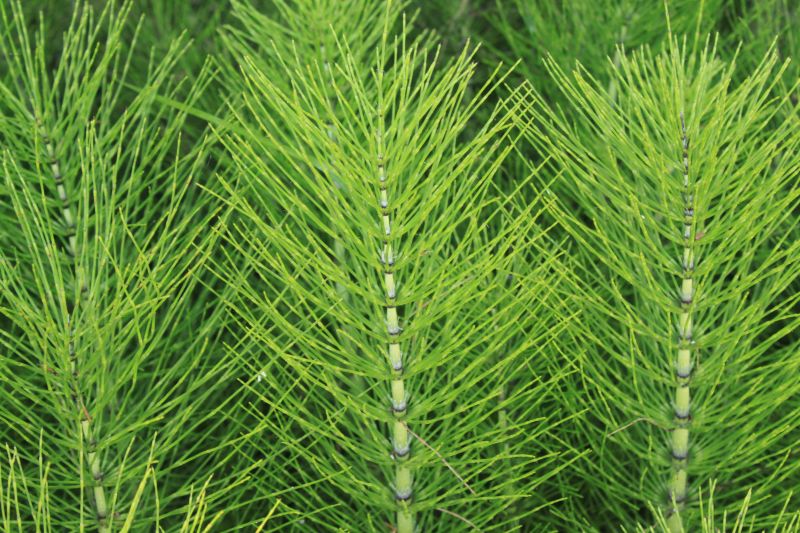Ornamental Grasses from Seed: How to Grow and Care for Them
Ornamental grasses are a popular addition to gardens and landscapes due to their visual interest and low maintenance requirements. Growing ornamental grasses from seed is a cost-effective way to add these plants to your outdoor spaces. With a little patience and care, anyone can successfully grow ornamental grasses from seed.
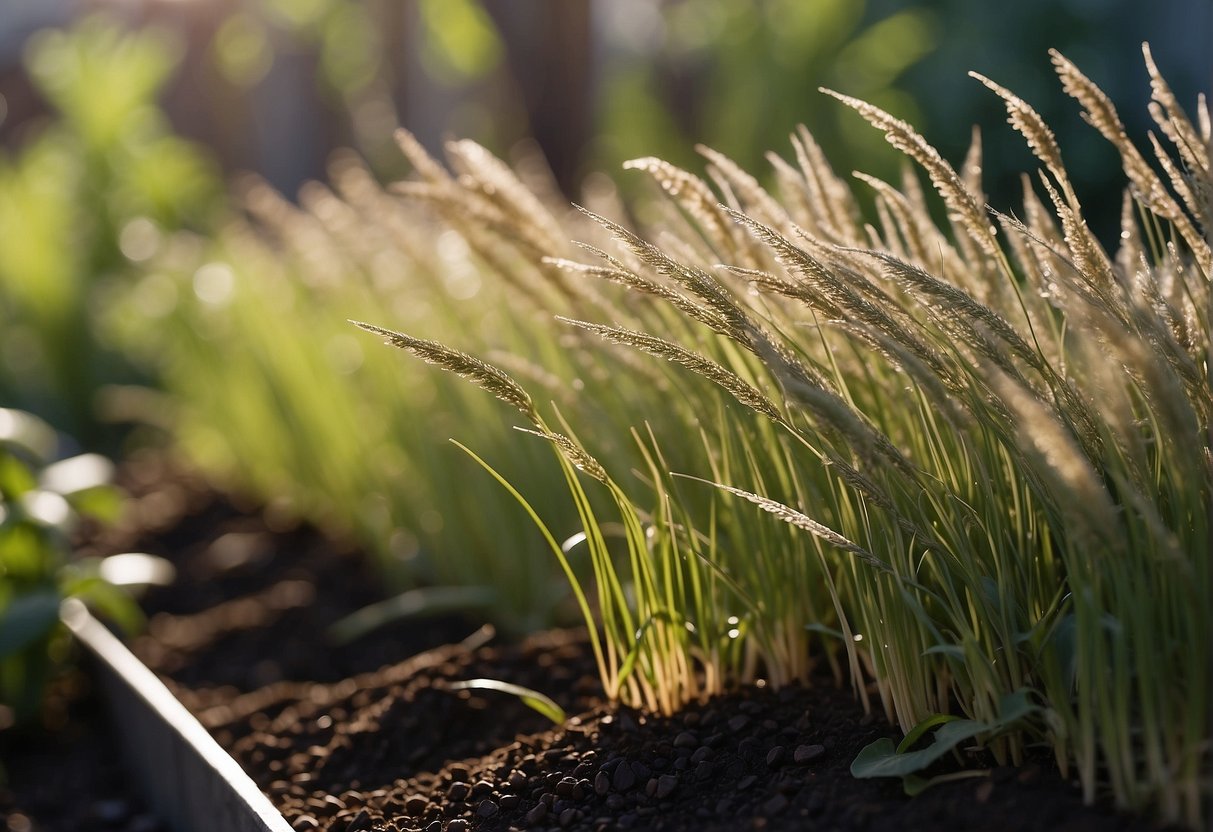
When selecting seeds, it is important to choose a variety that is well-suited to your climate and soil conditions. Some popular ornamental grasses include fountain grass, feather reed grass, and switchgrass. Once you have selected your seeds, it is time to prepare your garden bed. Ornamental grasses prefer well-draining soil and full sun, so choose a location that meets these requirements.
Planting ornamental grass seeds is similar to planting other types of seeds. Sow the seeds at the appropriate depth and spacing, and water regularly to keep the soil moist. While it may take some time for the seeds to germinate and grow into mature plants, the end result is well worth the wait. With a little effort, you can enjoy the beauty of ornamental grasses in your garden or landscape.
Selecting the Right Ornamental Grass Seeds
When it comes to selecting the right ornamental grass seeds, there are a few important factors to consider. Understanding seed varieties, hybrid vs. species seeds, and sun and shade requirements can help ensure that you choose the best seeds for your needs.
Understanding Seed Varieties
There are many different varieties of ornamental grass seeds available, each with its own unique characteristics. Some varieties are better suited for certain climates or soil types, while others may be more drought-tolerant or disease-resistant. It is important to research different seed varieties to determine which ones will thrive in your specific growing conditions.
Hybrid vs. Species Seeds
When selecting ornamental grass seeds, you may come across both hybrid and species options. Hybrid seeds are created by crossing two different species to create a new variety with desirable traits, such as improved disease resistance or larger blooms. Species seeds are simply the seeds of a single species. While hybrid seeds can offer certain advantages, species seeds are often more reliable and consistent in their growth habits.
Considering Sun and Shade Requirements
Different ornamental grass varieties have different sun and shade requirements. Some species thrive in full sun, while others prefer partial shade or even full shade. It is important to choose seeds that are well-suited to the amount of sunlight your growing area receives. Be sure to read the seed packet or do research on the specific variety to determine its sun and shade preferences.
When selecting ornamental grass seeds, there are many choices to consider. By understanding seed varieties, hybrid vs. species seeds, and sun and shade requirements, you can make an informed decision that will help ensure the success of your ornamental grass garden.
Preparing the Garden for Planting
Soil Preparation
Before planting ornamental grasses, it is important to prepare the soil properly. The soil should be well-draining and rich in organic matter. A soil test can help determine the pH level and nutrient content of the soil. If the pH level is too high or too low, the soil can be amended with lime or sulfur, respectively.
Adding compost or aged manure to the soil can also improve its texture and fertility. It is recommended to work the compost or manure into the soil to a depth of at least 6 inches.
Optimal Planting Locations
Ornamental grasses can be planted in a variety of locations within the garden. They can be used as borders, groundcovers, or as accent plants in a landscape. When selecting a location, consider the height and spread of the grasses at maturity. Some varieties can grow quite tall and may require staking or pruning to prevent them from flopping over.
It is also important to consider the amount of sunlight the planting location receives. Most ornamental grasses prefer full sun, but some can tolerate partial shade. Additionally, the soil moisture level should be taken into account when selecting a planting location.
When to Plant Ornamental Grasses
Ornamental grasses can be planted in the fall or late summer when temperatures are cooler and rainfall is more abundant. This gives the plants time to establish their root systems before the heat of summer arrives.
It is important to avoid planting ornamental grasses during periods of drought or extreme heat. If planting in the spring, wait until the soil has warmed up and there is no danger of a hard frost.
By following these simple steps, gardeners can prepare their garden for the successful planting of ornamental grasses.
Planting and Germination Techniques

Sowing Seeds
Planting ornamental grasses from seed can be a rewarding experience. It is important to start with quality seed from a reputable source. The seeds should be sown in a well-draining soil mix, such as a 50/50 mix of peat moss and perlite.
The depth at which the seeds are sown is important. Most ornamental grass seeds should be sown at a depth of 1/8 to 1/4 inch. The seeds should be spaced according to the instructions on the seed packet.
Germination Conditions
Germination conditions are crucial for the success of your ornamental grasses. The seeds should be kept moist, but not waterlogged, until they germinate. This can be achieved by covering the container with plastic wrap or a clear plastic lid.
The ideal temperature for germinating ornamental grasses is between 70 and 75 degrees Fahrenheit. A heat mat can be used to maintain this temperature. Once the seeds have germinated, they should be moved to a sunny location.
Early Care for Seedlings
Once the seedlings have emerged, it is important to provide them with proper care. The plastic wrap or lid should be removed to allow for air circulation. The seedlings should be watered regularly, but care should be taken not to overwater.
Fertilizer can be applied once the seedlings have developed their second set of leaves. A balanced fertilizer, such as a 10-10-10, can be used. It is important to follow the instructions on the fertilizer package.
In conclusion, planting ornamental grasses from seed can be a fun and rewarding experience. By following the correct planting and germination techniques, you can ensure the success of your seedlings.
Maintaining Ornamental Grasses
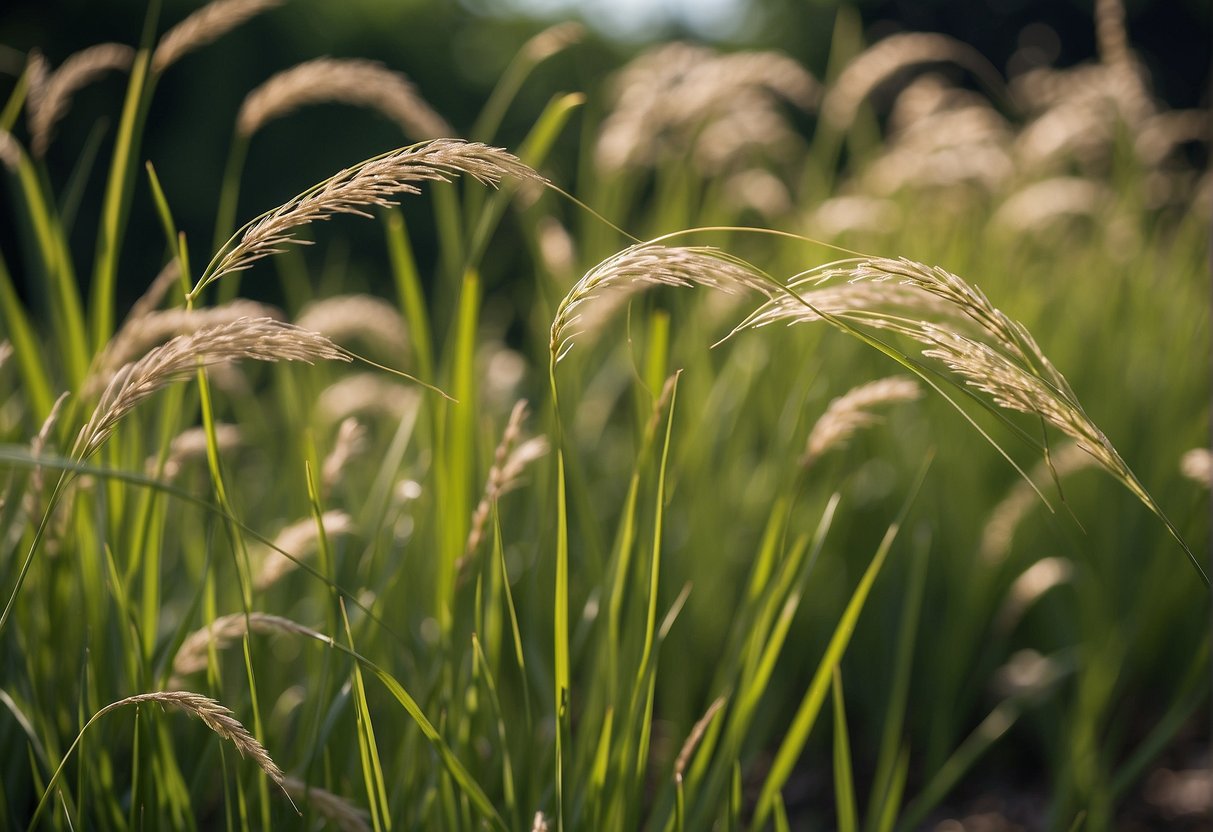
Watering and Fertilizing
Proper watering and fertilizing are crucial for the health and growth of ornamental grasses. Newly planted grasses should be watered regularly until they become established. Once established, most grasses are drought-tolerant and do not require regular watering. However, during prolonged dry spells, it is important to water them deeply to prevent the roots from drying out.
Fertilizing ornamental grasses is not always necessary, but can be beneficial for their growth and color. A slow-release, balanced fertilizer can be applied in the spring or early summer. Avoid fertilizing in the fall, as this can encourage new growth that may not have time to harden off before winter.
Controlling Pests and Diseases
Ornamental grasses are generally resistant to pests and diseases, but some common issues include rust, leaf spot, and aphids. To prevent these problems, avoid overhead watering and maintain good air circulation around the plants. If necessary, apply an appropriate fungicide or insecticide according to the manufacturer’s instructions.
Seasonal Maintenance
Mature ornamental grasses should be cut back to a few inches above the ground in late winter or early spring before new growth begins. This will help to remove any dead or damaged foliage and encourage new growth. Some grasses, such as fountain grass and pampas grass, may require more frequent pruning to maintain their shape and prevent them from becoming too large.
Evergreen grasses, such as blue fescue, do not need to be cut back in the winter. Instead, remove any dead or damaged foliage throughout the year as needed. Perennial ornamental grasses may also benefit from division every few years to prevent overcrowding and maintain their vigor.
Designing with Ornamental Grasses

Ornamental grasses are an excellent addition to any landscape design. They come in a wide range of colors, textures, and sizes, making them versatile and easy to incorporate into any flower bed or fountain. In this section, we will explore how to create visual impact, provide habitats for wildlife, and combine ornamental grasses with other plants.
Creating Visual Impact
Ornamental grasses can be used to create visual interest in any landscape design. They can be used as a focal point or as a backdrop to other plants. When choosing ornamental grasses, consider the height, texture, and color of the grass. Taller grasses can be used to create a sense of height, while shorter grasses can be used to provide a low-growing ground cover. Combining different textures and colors can create a dynamic and visually appealing landscape.
Grasses for Wildlife Habitats
Ornamental grasses can also be used to provide habitats for wildlife. Many species of birds and insects rely on grasses for nesting and food. When choosing ornamental grasses for wildlife habitats, consider the height and texture of the grass. Taller grasses provide cover for birds, while shorter grasses provide habitat for insects. Native grasses are also an excellent choice, as they are well adapted to local conditions and provide food and shelter for local wildlife.
Combining with Other Plants
Ornamental grasses can be combined with other plants to create a beautiful and dynamic landscape. When combining ornamental grasses with other plants, consider the color, texture, and height of the plants. Combining grasses with flowering plants can create a beautiful contrast of color and texture. Grasses can also be used to provide a backdrop for other plants, creating a sense of depth and dimension in the landscape.
In conclusion, ornamental grasses are an excellent addition to any landscape design. They provide visual interest, habitats for wildlife, and can be combined with other plants to create a beautiful and dynamic landscape. When choosing ornamental grasses, consider the height, texture, and color of the grass, and don’t forget to incorporate native species into your design.
Frequently Asked Questions
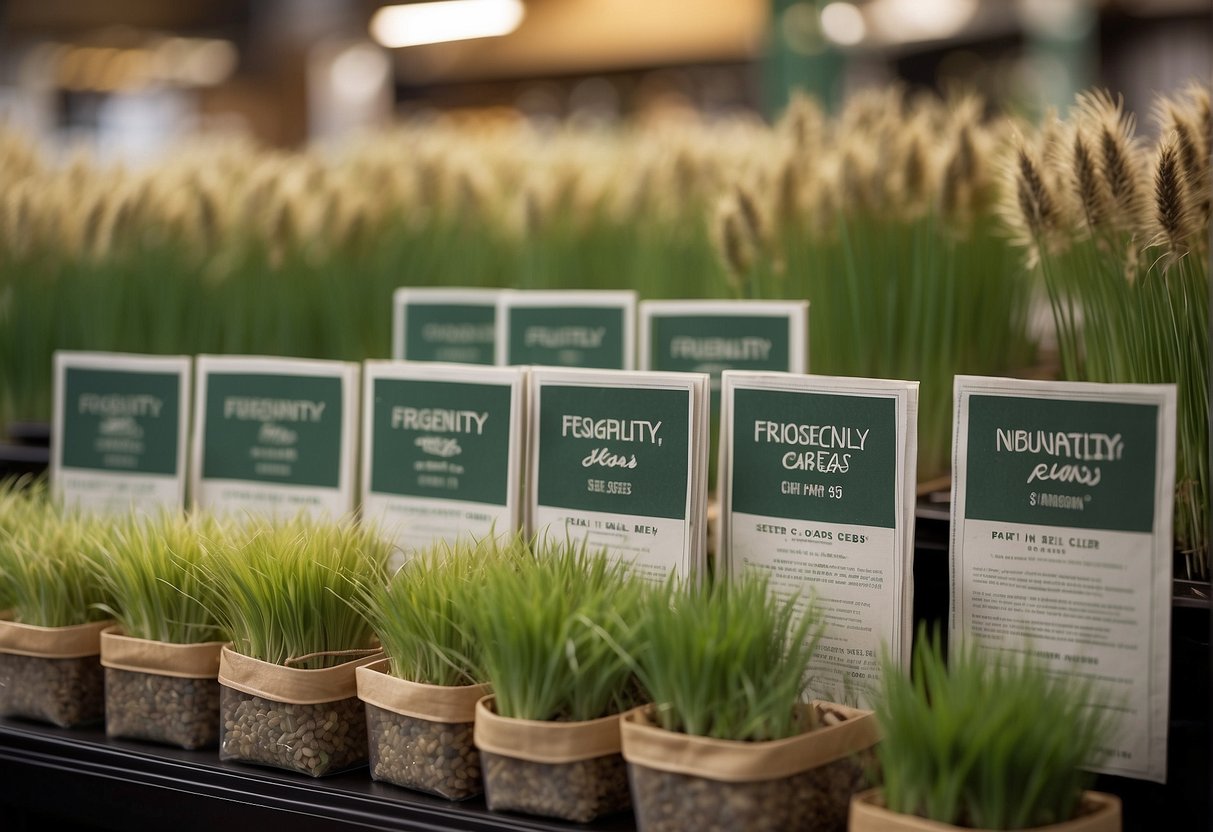
How do you successfully grow ornamental grasses from seed?
Growing ornamental grasses from seed requires patience and attention to detail. It is important to start with high-quality seed and to plant at the right time. The soil should be well-draining, and the seeds should be sown at the appropriate depth. Once the seeds have germinated, it is important to provide them with adequate water and nutrients.
What are the best conditions for germinating ornamental grass seeds?
Ornamental grass seeds require warm soil temperatures and consistent moisture to germinate. It is best to sow the seeds in the spring or early summer when soil temperatures are warm. The soil should be kept moist but not waterlogged during the germination process.
Which ornamental grasses are suitable for growing in colder climates like Ontario and Colorado?
There are many ornamental grasses that are suitable for colder climates like Ontario and Colorado. Some popular options include blue fescue, feather reed grass, and switchgrass. It is important to choose grasses that are hardy in your specific growing zone.
What are some popular non-invasive ornamental grasses that can be grown from seed?
There are many non-invasive ornamental grasses that can be grown from seed. Some popular options include little bluestem, prairie dropseed, and Indian grass. It is important to research the specific grass to ensure it is not invasive in your area.
How long does it typically take for ornamental grass to establish from seed?
The time it takes for ornamental grass to establish from seed can vary depending on the specific grass and growing conditions. In general, it can take several weeks to several months for the grass to establish and begin to grow.
Can ornamental grasses be easily propagated from seed, and do they reseed themselves?
Ornamental grasses can be propagated from seed, but it can be a slow process. Some grasses may also reseed themselves under the right conditions. It is important to research the specific grass to determine its propagation habits.

